2015 August 13
Aziza Cooper writes: Saturday is the beginning of the August Butterfly Count. The count period is from the 3rd Saturday to the 4th Sunday: August 15 to August 23.
The butterflies have been hard to find lately, since the warm weather has caused them to finish their cycles quite early this year. There are a few later butterflies like Purplish Copper, and also some that have two cycles per season, plus possible strays and migrants like the sulfurs we saw last year. Hilltops are still possible locations for butterflies.
Please use the form at https://www.vicnhs.bc.ca/website/index.php/butterfly-count to submit your results. Submit a separate form for each area you count, so I can take the higher number in case of double counting.
If you’d like a suggestion about what area to count, send me an email. If you want to be removed from this list or if you know of anyone who would like to be added, please email me.
Thanks for submitting your sightings, and happy counting!
The monthly butterfly walk is held on the first Sunday of each month. The next walk is on September 6. We meet at Mt Tolmie summit at 1:00pm and decide on our destination from there. The walk will be cancelled if the weather is cool or rainy. Please check the VNHS calendar [and this site! – Jeremy] for changes and updates.
Enjoy the butterflies!
Jeremy Tatum writes: If the weather is suitable, I am planning to be at the northernmost Island View Beach parking lot at 1:30 pm on Friday August 14, to walk to Cordova Spit to see if I can find the Western Branded Skipper. Company very welcome.
Gordon Hart writes: On Monday, August 10, I also tried to find the Branded Skipper, but had no success from Island View Beach to Cordova Bay Spit (Saanichton Spit). I did see the clouds of Woodland Skippers you mentioned, a couple of Cabbage Whites and several Ringlets/ Large Heaths (C. tullia), and at least one Essex Skipper, photo attached. There were many other insects enjoying the Grindelia (gumweed) flowers. The one attached is a sand wasp At home today August 12, one Grey Hairstreak appeared briefly amongst many Woodland Skippers and a couple of Cabbage Whites.
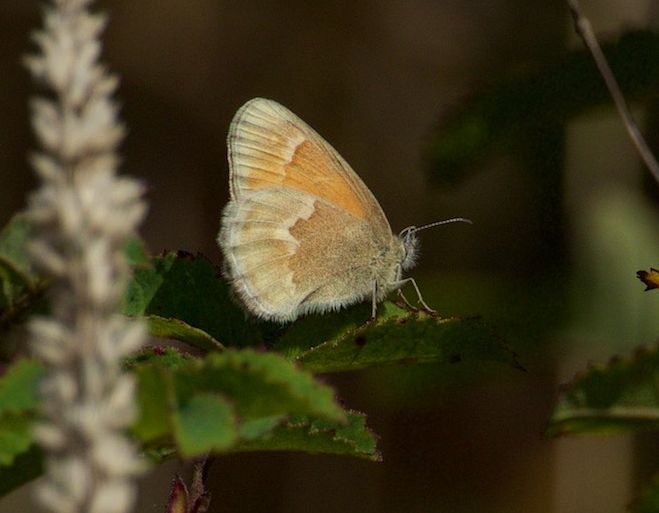
 Large Heath Coenonympha tullia (Lep.: Nymphalidae – Satyrinae) Gordon Hart
Large Heath Coenonympha tullia (Lep.: Nymphalidae – Satyrinae) Gordon Hart
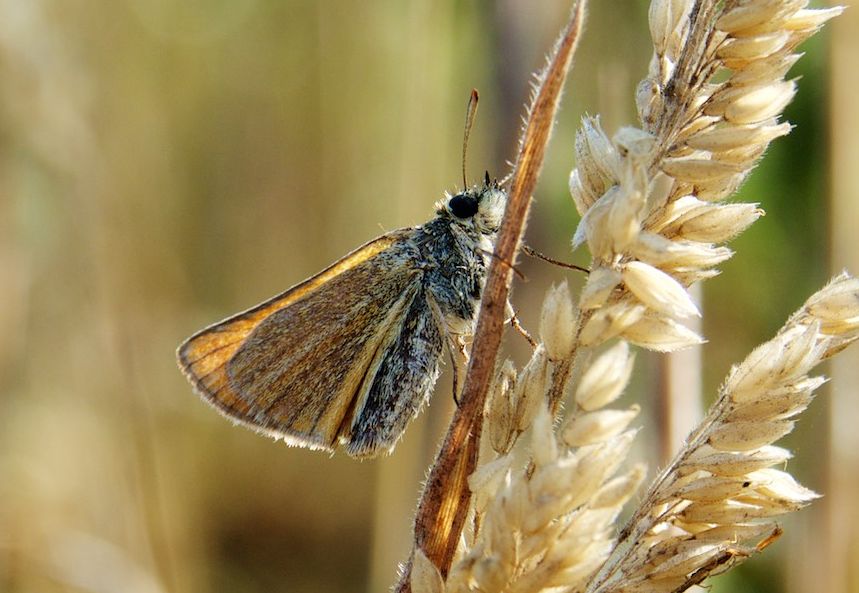
 Essex Skipper Thymelicus lineola (Lep.: Hesperiidae) Gordon Hart
Essex Skipper Thymelicus lineola (Lep.: Hesperiidae) Gordon Hart
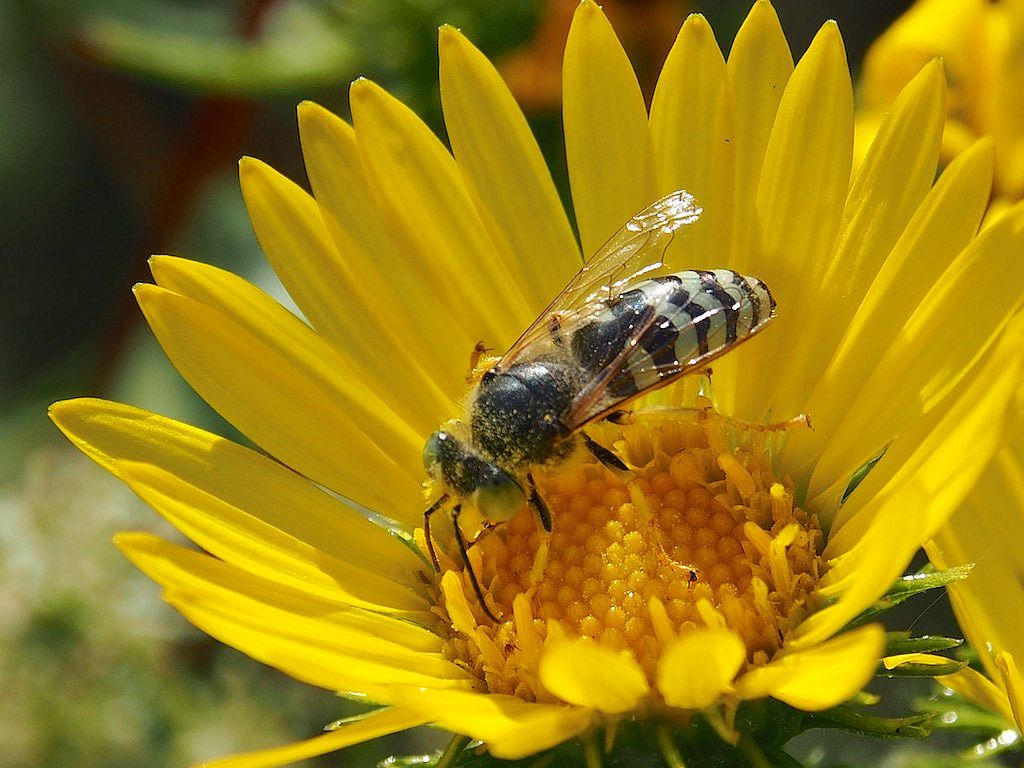
 Sand wasp Bembix sp. (Hym.: Crabronidae – Bembicinae) Gordon Hart
Sand wasp Bembix sp. (Hym.: Crabronidae – Bembicinae) Gordon Hart
Jeremy Tatum sends photographs of a clothes moth from his bedroom, and two caterpillars. The first one is Acronicta dactylina, which feeds on alder. The second is
Nadata gibbosa, which usually feeds on oak, though this one, unusually, was on Amelanchier (Saskatoonberry). Also from his bedroom – evidently a rich source of invertebrates – a spider, identified by Robb Bennett, who writes: That’s a male gnaphosid; almost certainly Scotophaeus blackwalli. Palaearctic species now widespread in southern Nearctic and Neotropics and apparently continuing to expand its range. Only fairly recently have we been seeing it around here (records from Victoria area and Salmon Arm).
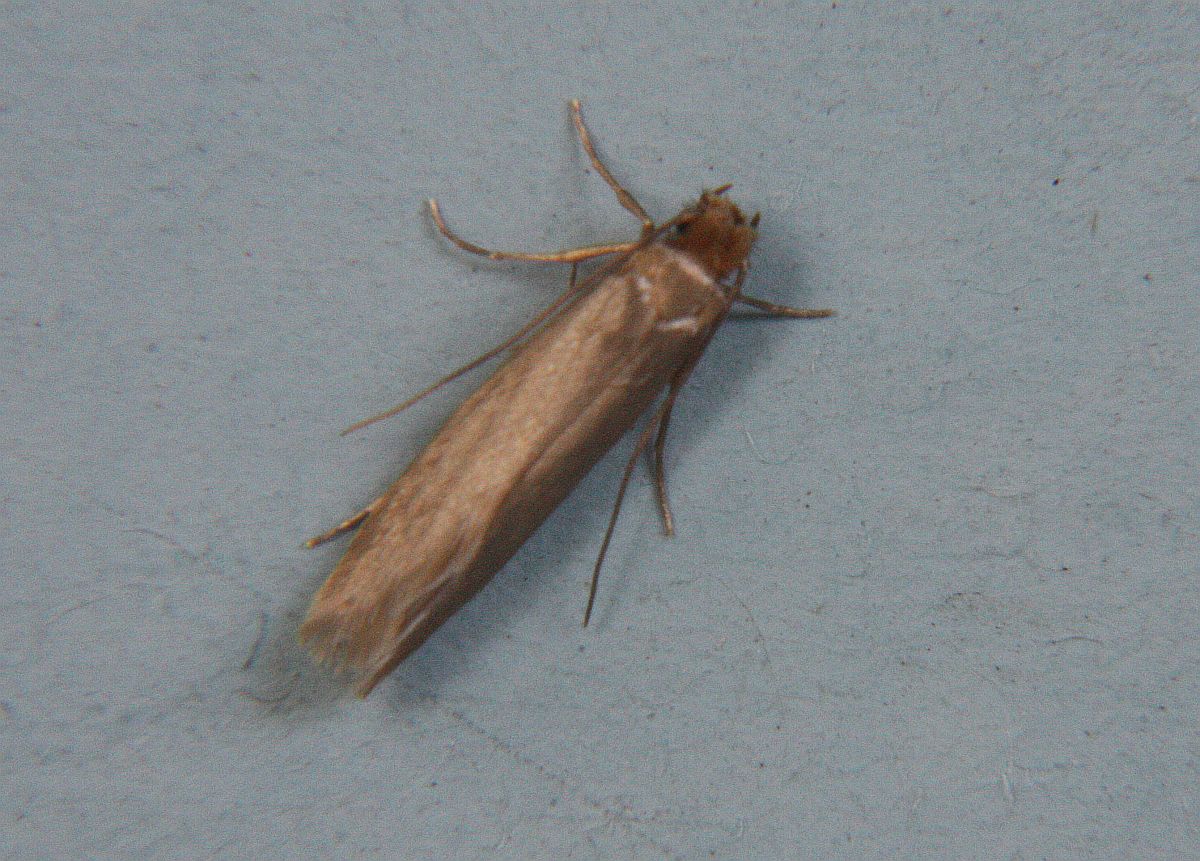
 Tineola bisselliella (Lep.: Tineidae) Jeremy Tatum
Tineola bisselliella (Lep.: Tineidae) Jeremy Tatum
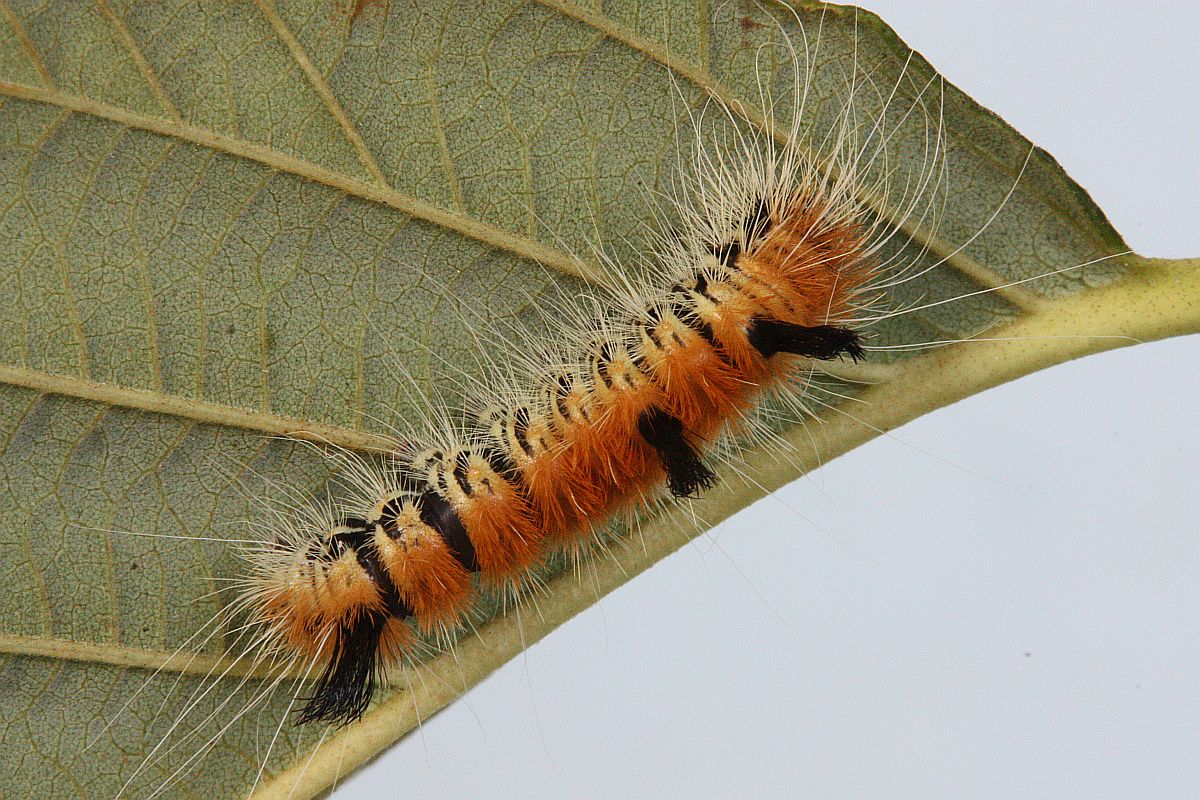
 Acronicta dactylina (Lep.: Noctuidae) Jeremy Tatum
Acronicta dactylina (Lep.: Noctuidae) Jeremy Tatum

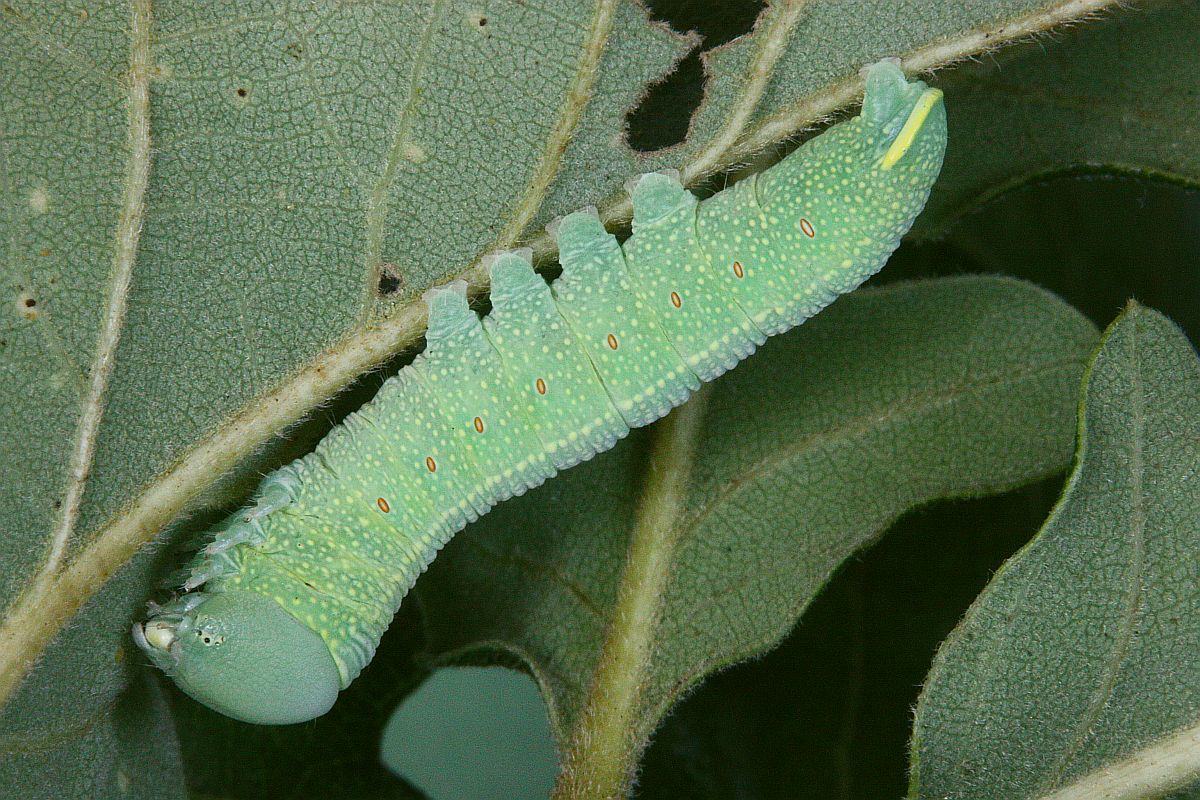
Nadata gibbosa (Lep.: Notodontidae) Jeremy Tatum
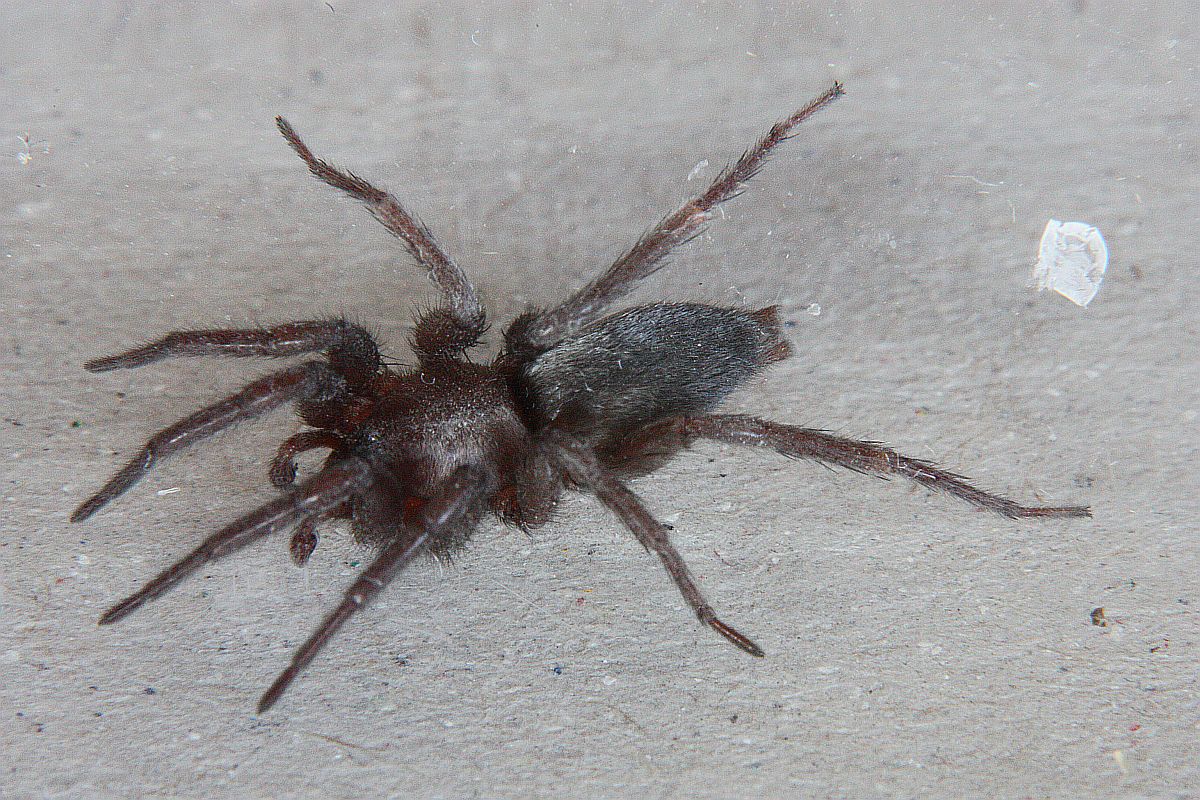
 Scotophaeus blackwalli (Ara.: Gnaphosidae) Jeremy Tatum
Scotophaeus blackwalli (Ara.: Gnaphosidae) Jeremy Tatum
nDMFU

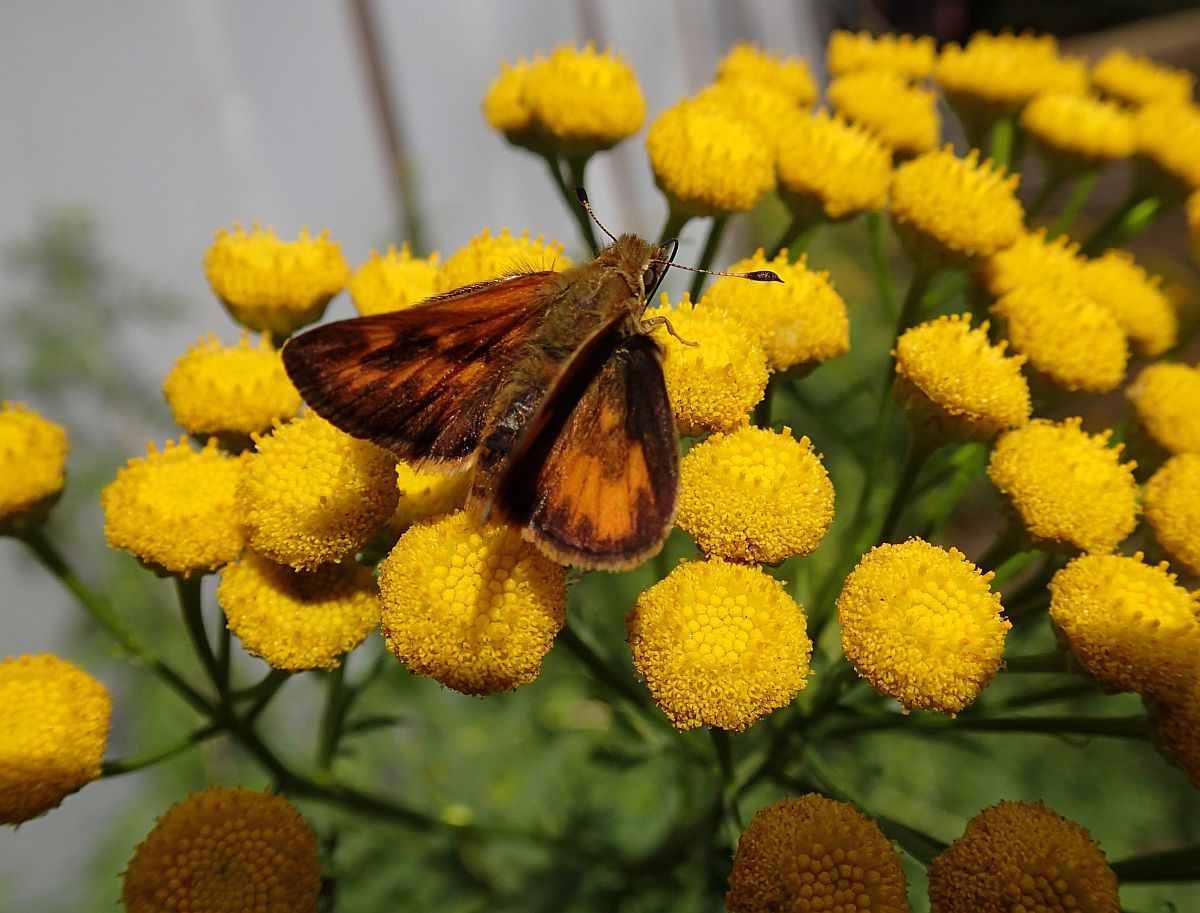
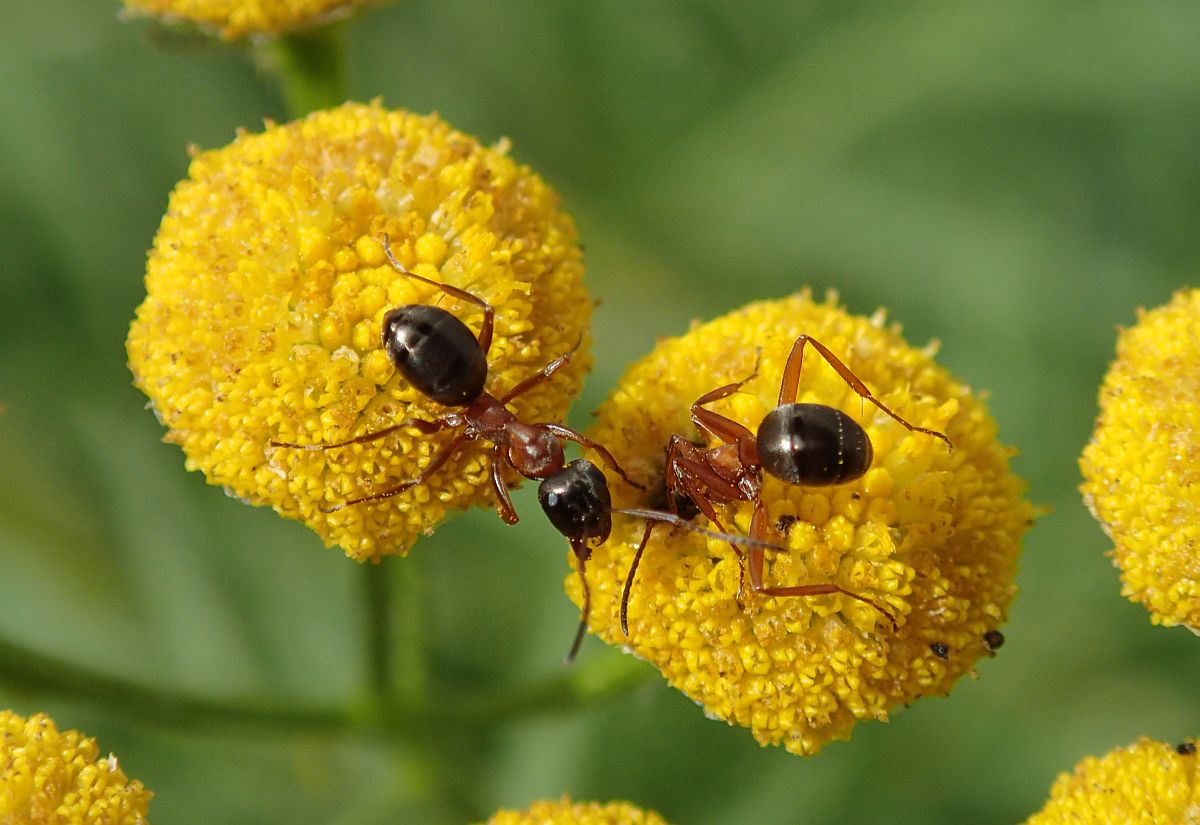
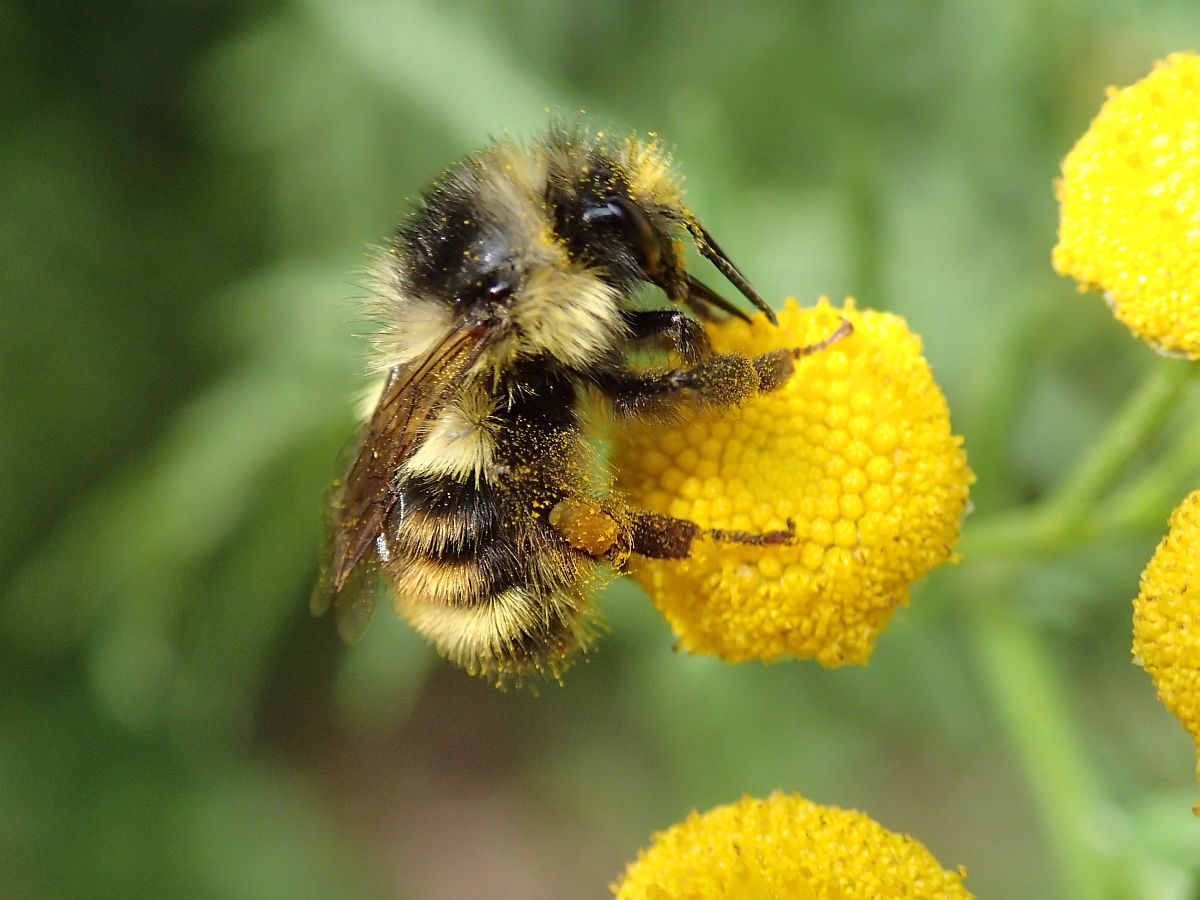
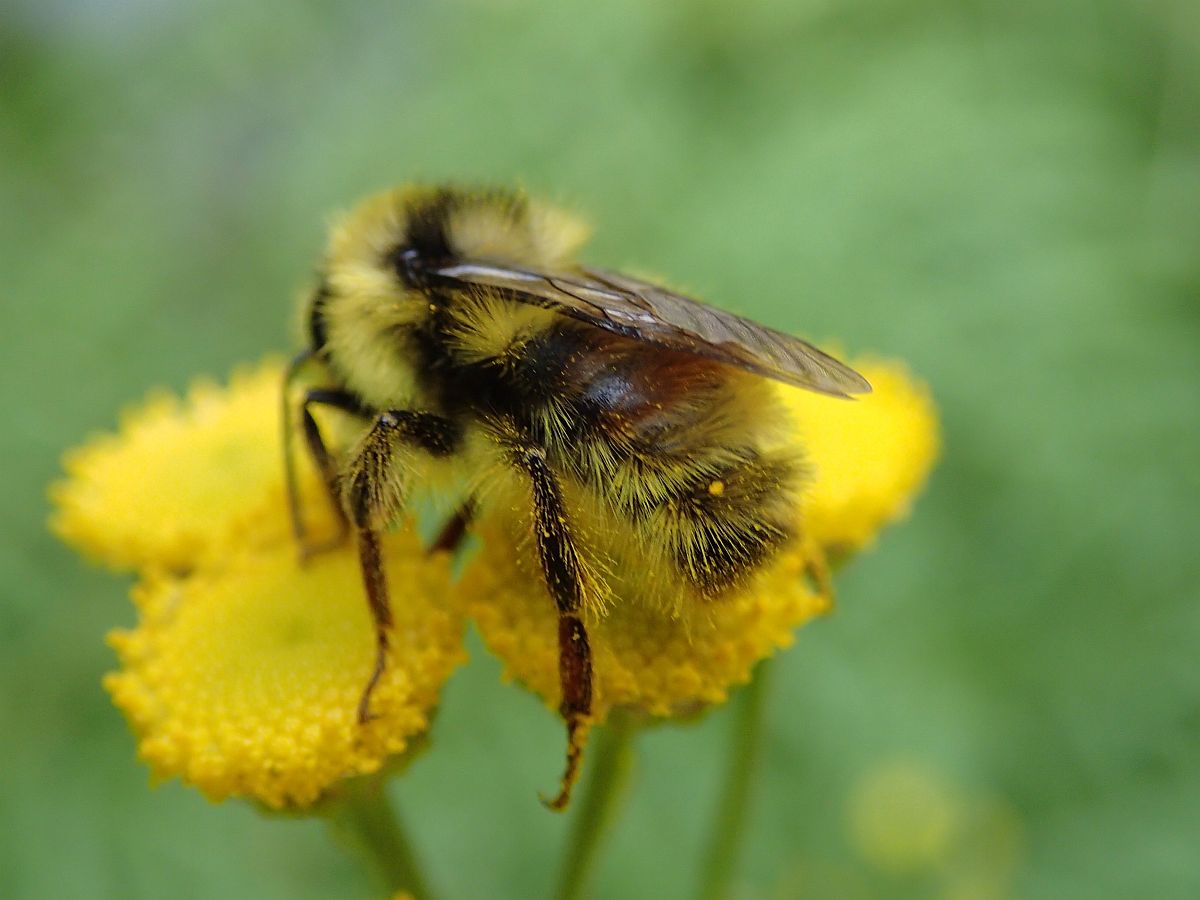
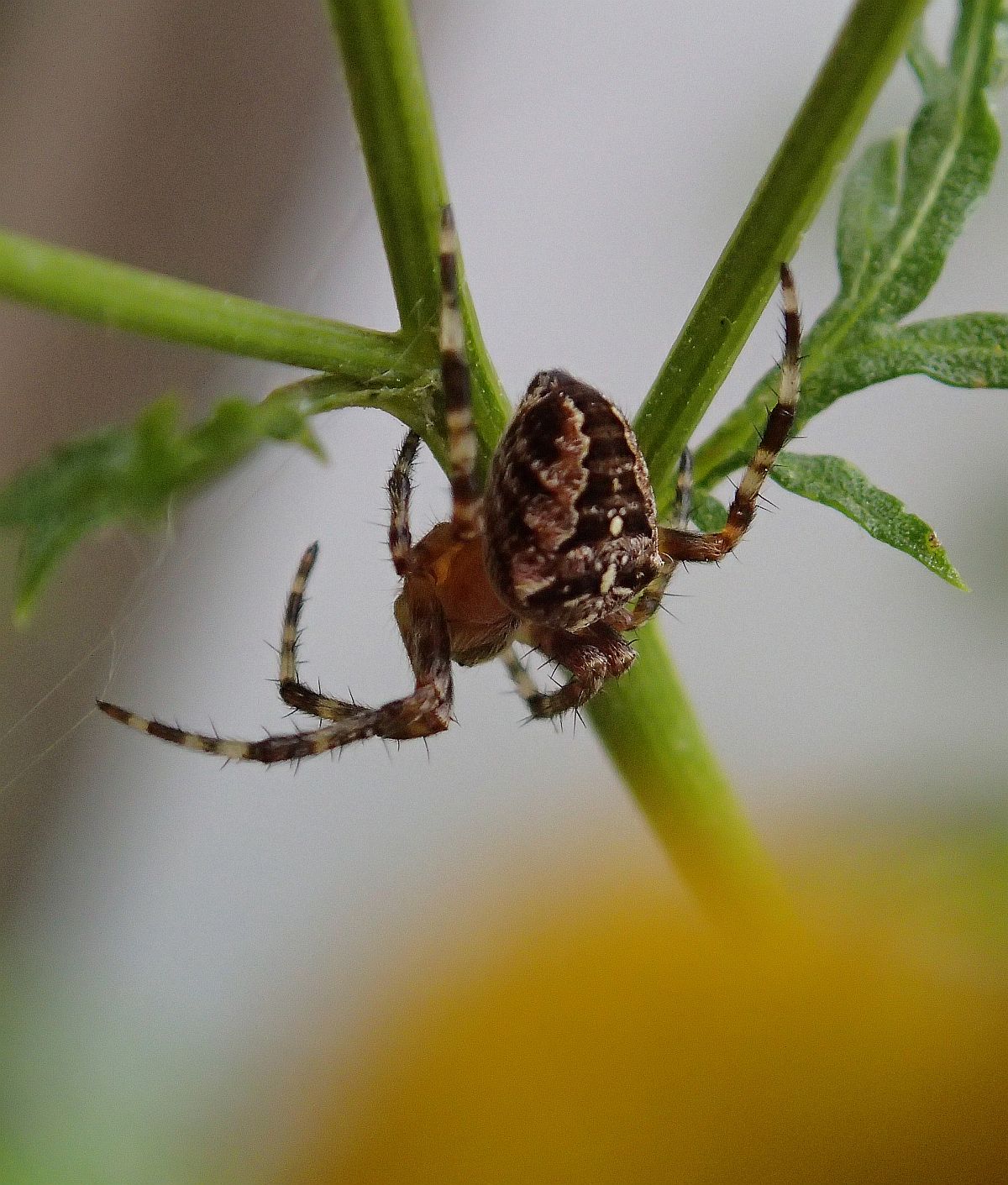
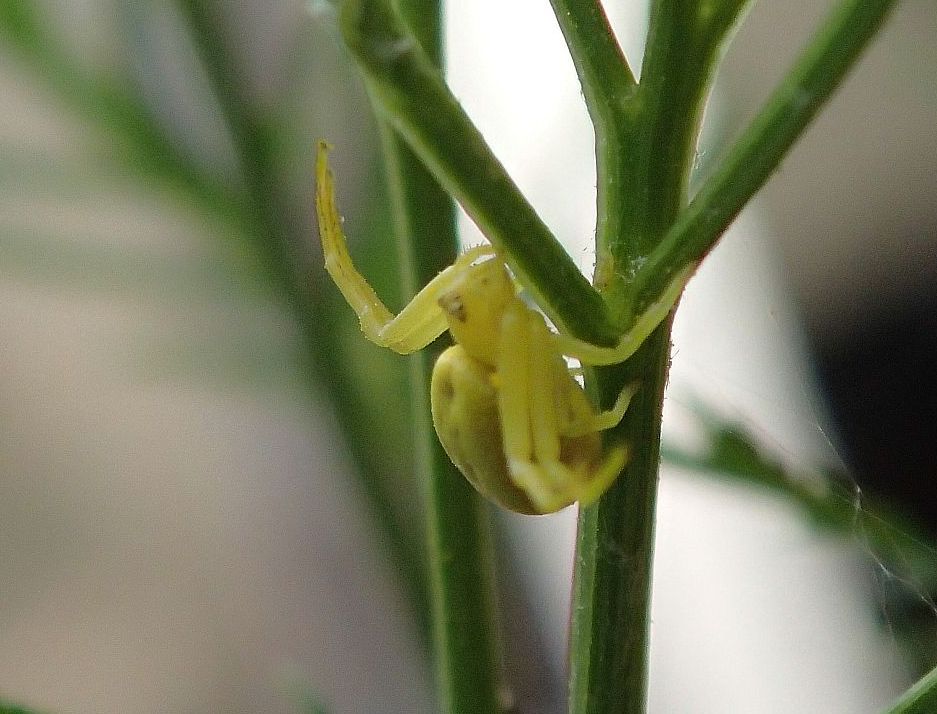
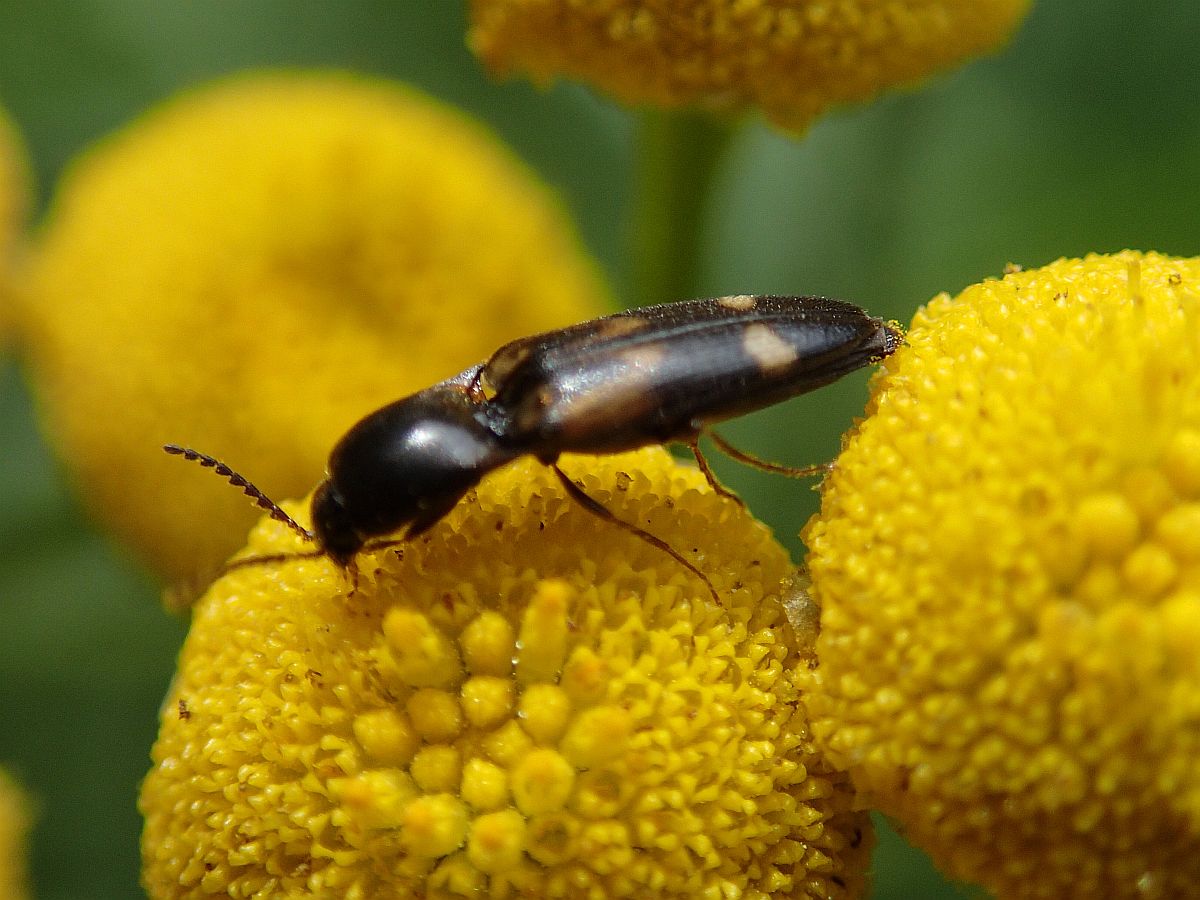
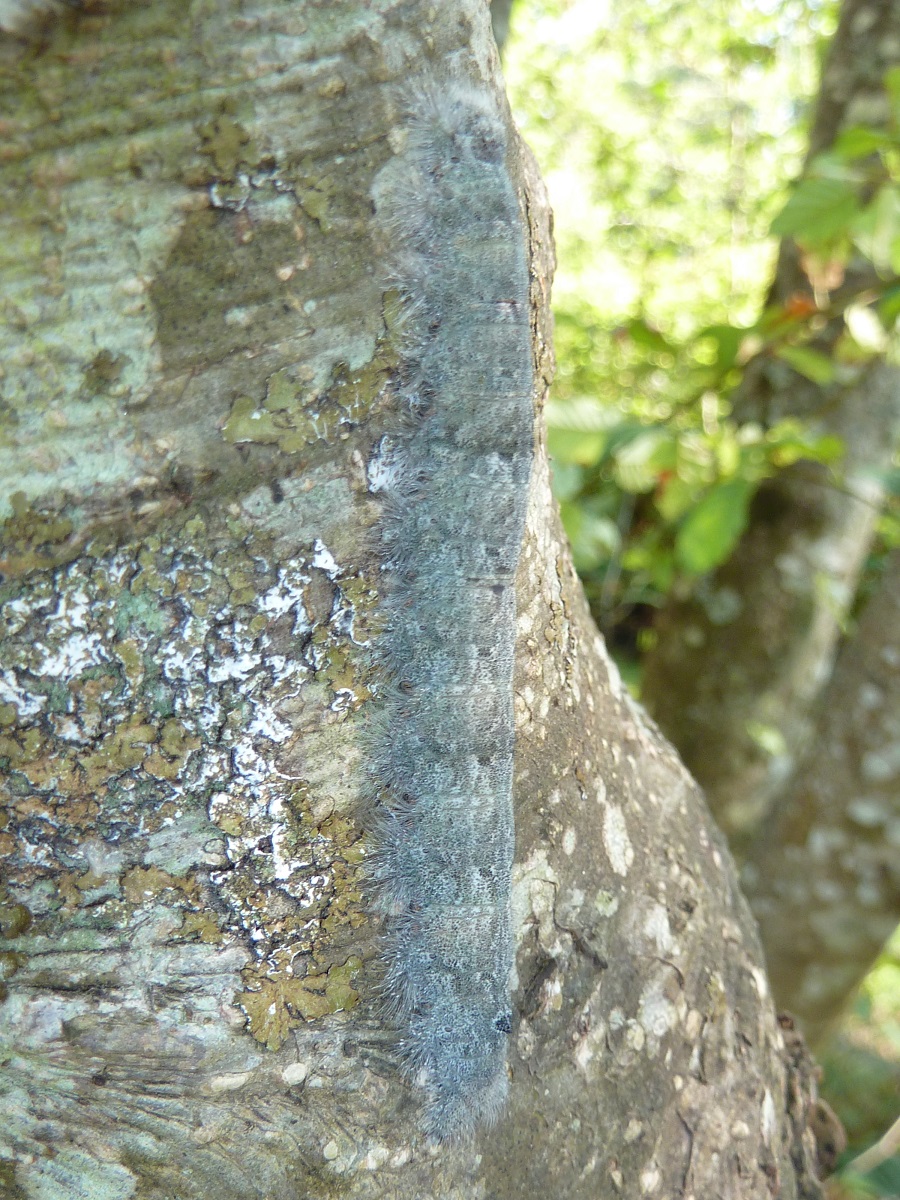
 American Lappet Moth
American Lappet Moth 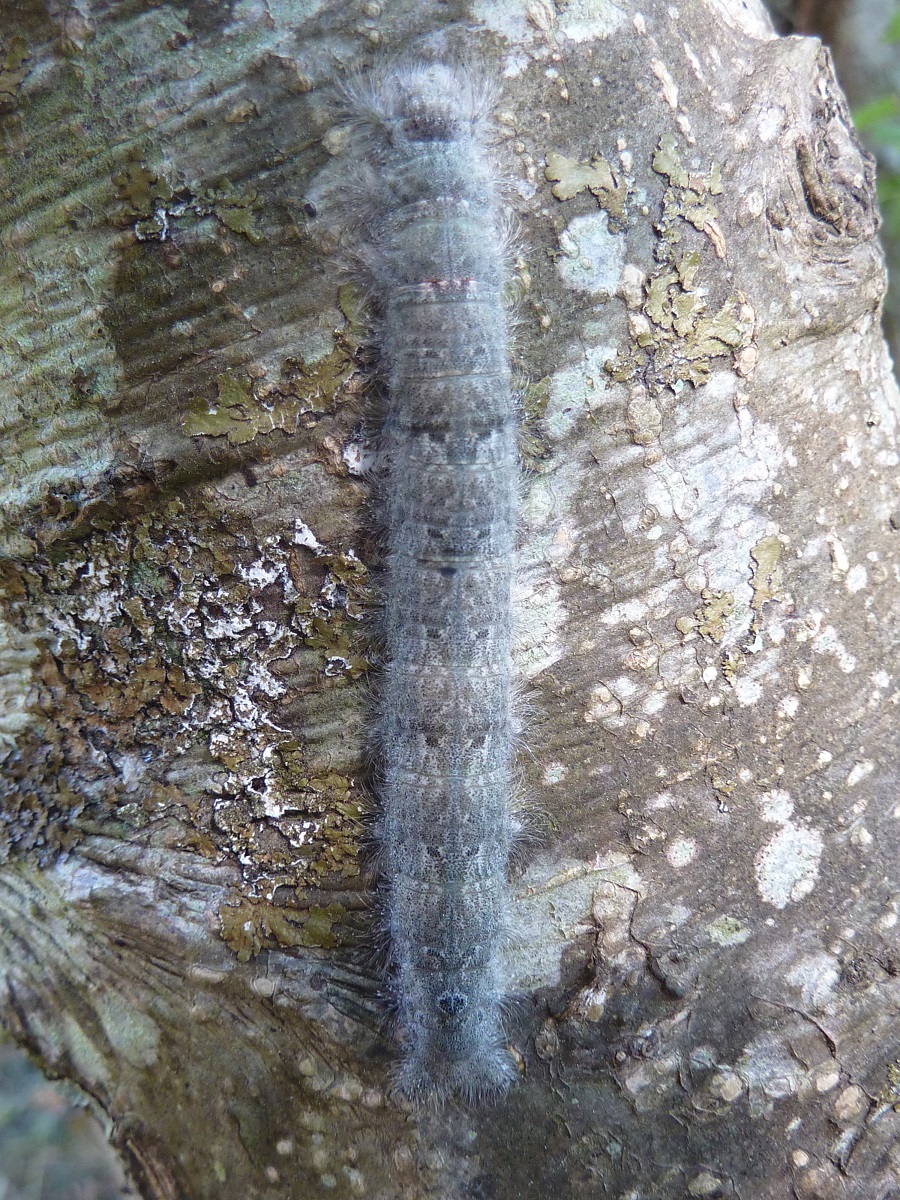
 American Lappet Moth
American Lappet Moth 
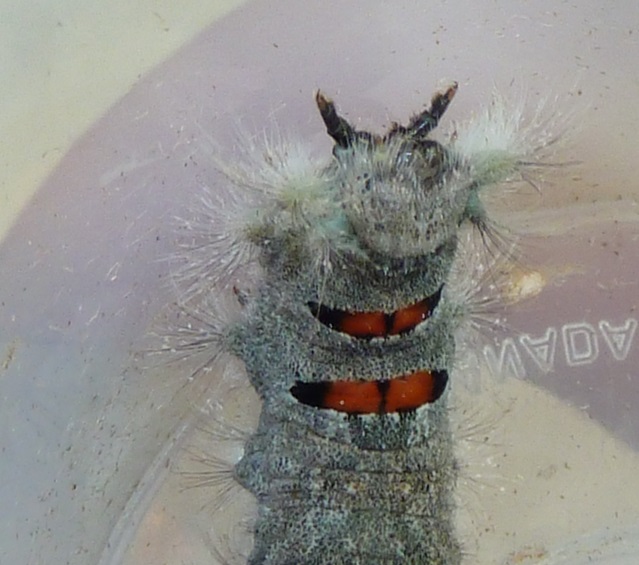
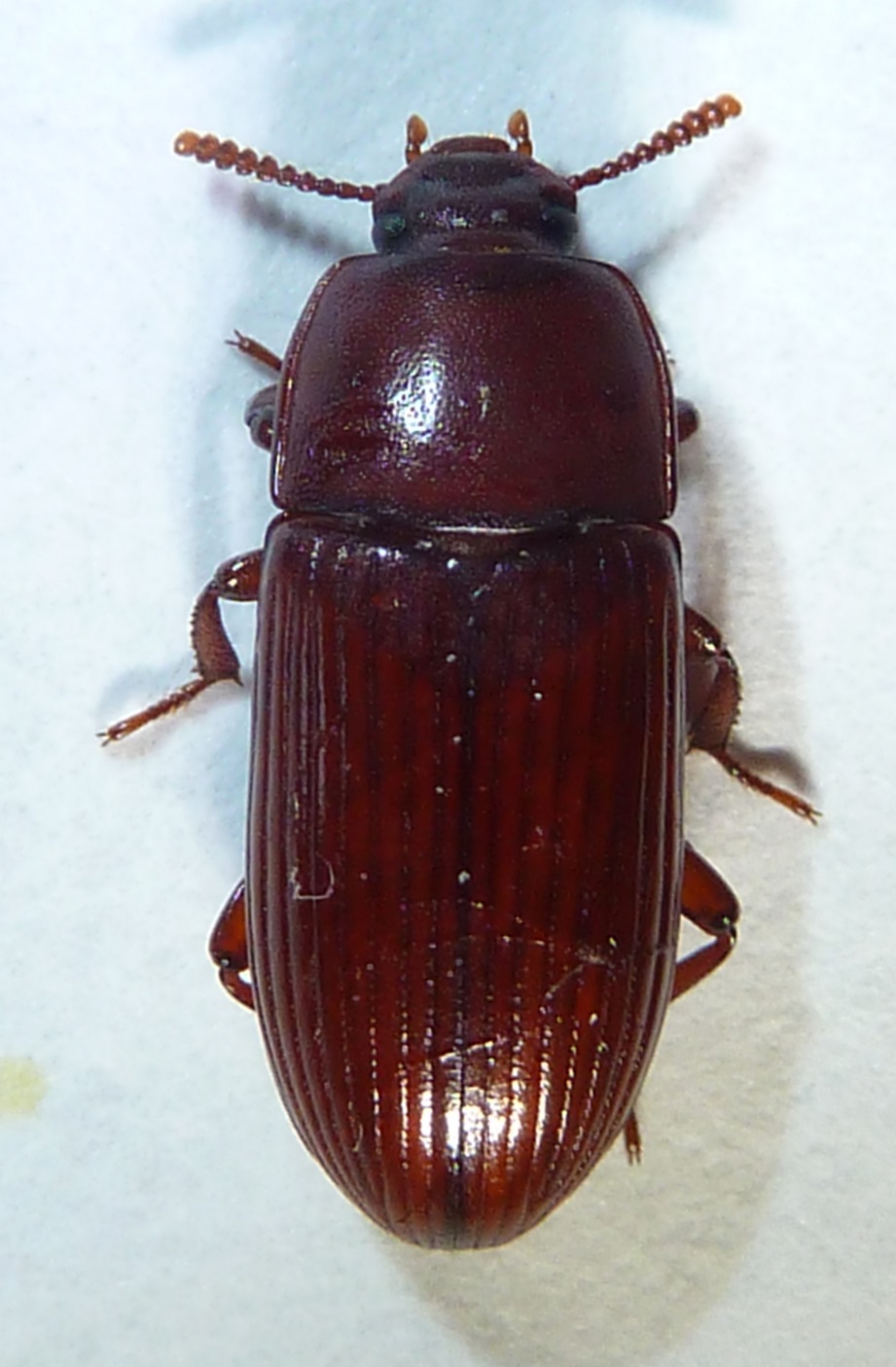
 Uloma longula (Col,: Tenebrionidae) Scott Gilmore
Uloma longula (Col,: Tenebrionidae) Scott Gilmore
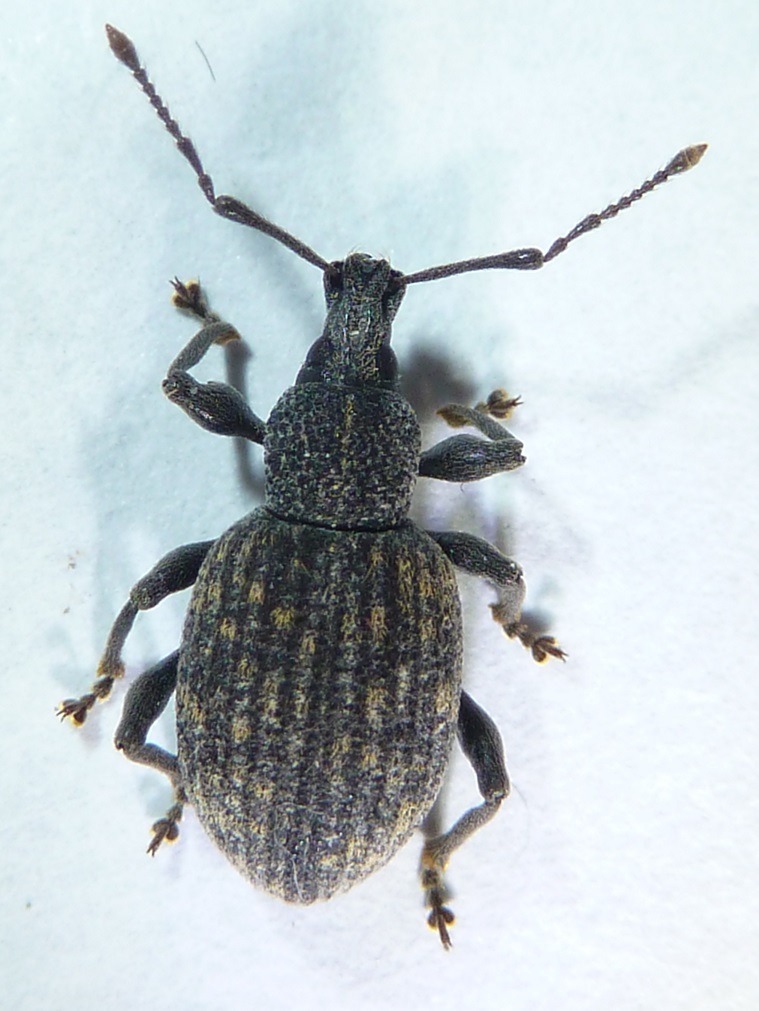
 Black Vine Weevil Otiorhynchus sulcatus (Col.: Curculionidae)
Black Vine Weevil Otiorhynchus sulcatus (Col.: Curculionidae)
